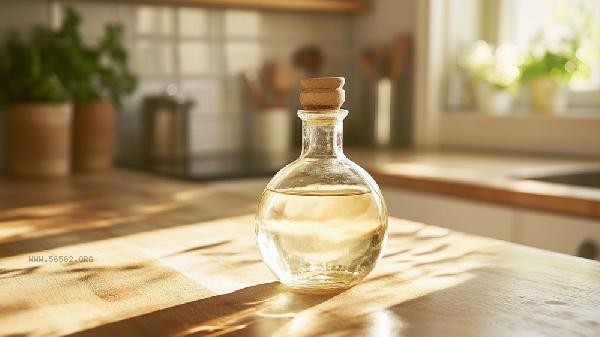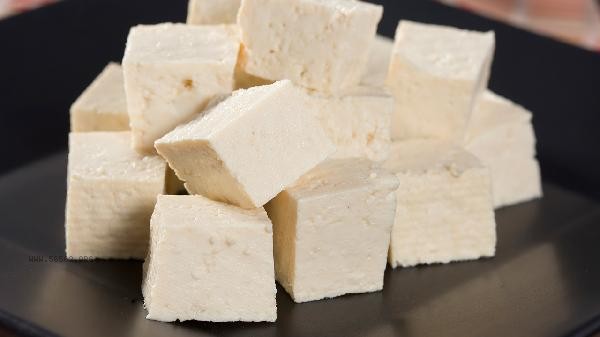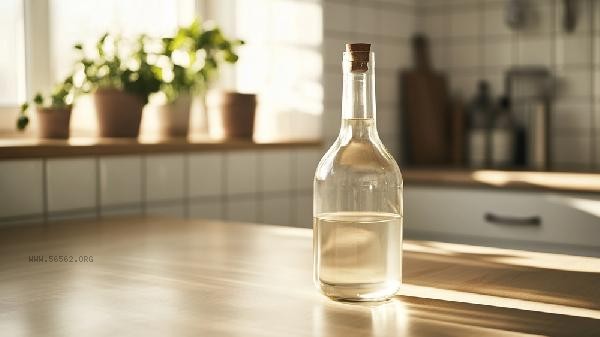White vinegar can be used to make bean curd jelly served with sauce, but it needs to master the correct proportion and operation method. Traditional bean curd jelly served with sauce uses gypsum or lactone as coagulant. The acetic acid in white vinegar can also denature and solidify soybean milk protein, but the taste and stability may be slightly inferior to professional coagulants.

When making bean curd jelly served with sauce, white vinegar needs to be diluted and slowly added to the boiled soybean milk. Every 500ml of soybean milk needs about 5-10ml of white vinegar, and the specific amount needs to be adjusted according to the acetic acid concentration. After mixing the white vinegar with the same amount of water, slowly pour it in when the temperature of soybean milk drops to about 85 degrees, gently stir in circles, and let it stand for 15 minutes to form. The bean curd jelly served with sauce made by this method has a rough texture and a stronger bean flavor, which is suitable for people who like traditional flavor.

When using white vinegar for production, attention should be paid to differences in acetic acid concentration. If the industrial vinegar concentration is too high, bean curd jelly served with sauce will be too acidic or broken. It is recommended to brew white vinegar. The concentration of soybean milk also affects the molding effect. It is suggested that the ratio of soybean to water should be 1:8 to 1:10. If the coagulation fails, reheat the soybean milk to a slight boiling point and try again. Pregnant women or those with excessive stomach acid should control their consumption to avoid acetic acid stimulation of the gastrointestinal tract.

Self made bean curd jelly served with sauce can be paired with shrimp skin, laver and other calcium rich ingredients to make up for calcium loss in white vinegar process. It is recommended to balance nutrition with fresh vegetables and fruits. For the first attempt, it is recommended to produce in small batches first, and then increase the quantity after mastering the proportion. When stored, it should be refrigerated and consumed on the same day to avoid microbial contamination. If you pursue a more delicate taste, you can try replacing some of the white vinegar with lemon juice or gluconic acid lactone.








Comments (0)
Leave a Comment
No comments yet
Be the first to share your thoughts!